The Early Days
I can vividly remember my first trip to the Louis Vuitton store to make my first and hotly anticipated luxury purchase. It was a Louis Vuitton Mini Pochette Accessoires, a classic starter piece for any aspiring collector. I was welcomed by a mass of trunks and must-have LV bags dotted amongst pops of color, which were part of the three-storey boutique’s latest interior decor makeover. From that very first moment stepping into the store, I was hooked. And for the next three consecutive years I would return to this Louis Vuitton store on my birthday to indulge myself in some luxury retail therapy. I recall thinking, is there any better feeling than this? It turns out there is.
Discovering the Resale Market
I don’t remember how I first stumbled across the world of luxury resale but I remember the feeling once I had. In the same way the first-hand market’s luxury boutiques had me smitten from the very first moment, luxury resale had cast its spell over me. I purchased a vintage Louis Vuitton Noé in great condition for £340 (around $475). At the time, the same bag retailed at Louis Vuitton for around £1,000. Initially, it was solely the secondary market’s lower price point which enticed me in. But I soon woke up to the other benefits of shopping luxury fashion pre-loved. The choice, the appeal of vintage designs, the sustainability advantages, the list goes on. Very soon, I began shopping luxury on the secondary market not in spite of it being second-hand, but because of it. And I am certainly not alone.

image via Louis Vuitton/NYT
The Pre-Loved Boom
The luxury resale market has existed for decades but its prevalence and popularity have soared in recent years. This has coincided with a spike in vintage designs and revival fashion trends. Styles once confined to the back of the closet are now in high demand. According to online consignment and thrift store ThredUp’s Fashion Resale Market Report from 2019, the second-hand market will be worth $64 billion by 2028 and is set to overtake fast fashion. US Vogue revealed that, in September 2020, there were over 35,000 new searches for “vintage fashion” on fashion search platform Lyst. It seemed as if, almost all at once, the rest of the fashion world joined me in thinking buying luxury used and vintage was cool.
It was like the perfect storm had occurred in fashion’s global atmosphere. Just when I began chasing after the popular Y2K revival trend and other head-turning vintage styles, as if by some chance of fashion fate, there was an easy and affordable (ish) way for me to buy them. I think this occurrence had a little more to do with careful trend analysis and shrewd business decisions than it did fate. But fate is certainly what it felt like to me at the time. Essentially, the resale market allowed me to indulge in the designs I was lusting after in a way I never truly felt like the primary luxury market had. And it allowed me to do so at a much more affordable price. The environmental benefits, namely the lack of wastefulness and the promotion of a circular economy, were great bonuses which, once I truly woke up to, were hard to ignore.
At first I thought that shopping for luxury on the resale market meant I would have to give up my beloved trips to high-end luxury boutiques. Goodbye world in which sales associates seem to wait on you hand and foot and bring you beverages as you peruse the latest collections. Goodbye seasonal packaging and multi-storey flagship boutiques. I thought that in order to get a good deal, I would have to give up a part of luxury fashion I love so dearly. And to an extent this has been the case. Admittedly, leaving the first-hand luxury market behind filled me with horror and jealousy at the thought of those still shopping for luxury new. But we all make sacrifices for the things we love. And I have been happy giving up my visits to swanky boutiques in favor of a seemingly endless offering of designer bags not confined to the most recent collections.
A New Way to Shop Resale
But perhaps simply accepting the fact that shopping luxury resale means waving goodbye to luxury stores was a little premature. A cohort of the most prominent designer resale platforms have opened their own boutiques in trendy locales the globe over. Just last week, I was strolling through the streets of London when I discovered the storefront of luxury reseller Xupes next door to a Louis Vuitton store. At that moment it hit me. Shopping luxury resale doesn’t mean giving up all the little extras luxury fashion aficionados love about high-end brands. It simply means experiencing them in a different way. And, as can be expected from the geographical coordinates, these luxury resale boutiques are not quite akin to vintage thrift stores where you can buy per kilo. Instead, they are more like the boutiques of luxury brands which shoppers, myself included, have become accustomed to.
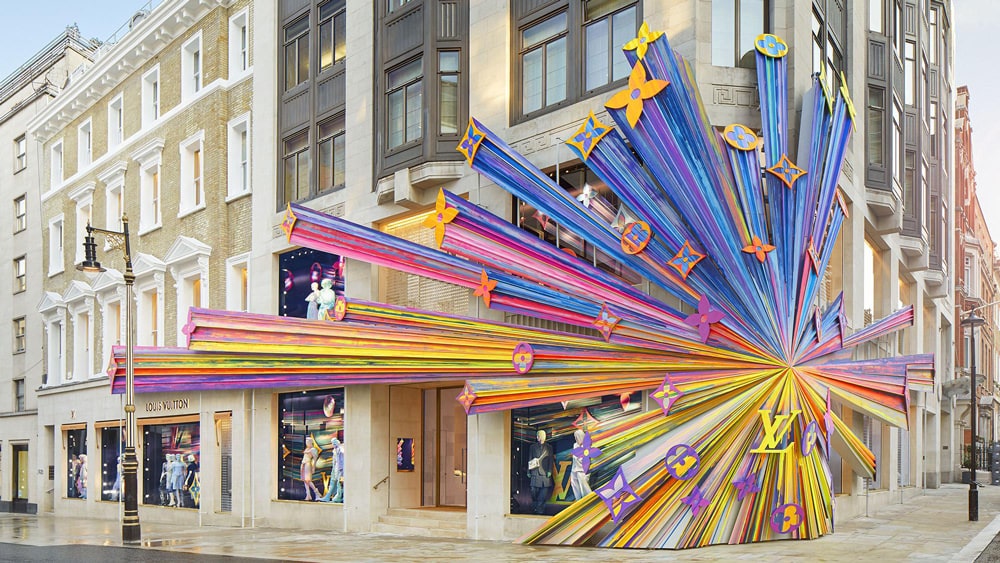
Fashion Psychologist and founder of FashionisPsychology.com, Shakaila Forbes-Bell, explains how consumers experience the same psychological rush whether shopping luxury new or used since, even when buying luxury second-hand, the product is new to us. She further details how shopping second-hand can have added psychological benefits for sustainability conscious shoppers. “Someone who is conscious of the environment will subsequently have a more positive attitude towards second-hand clothing and will thus develop a stronger relationship with these products.” Forbes-Bell reveals how this is increasingly the case, “People are becoming more cognisant of the lasting impact of their consumer behaviour.”
Luxury resale’s popularity has only grown during the pandemic. I myself have made a couple of lockdown purchases on resale sites. Forbes-Bell offers some insight into the industry’s success during these economically challenging times. “Studies suggest that in times of crisis, consumers seek simplicity and adopt a sociological approach to shopping which favors pragmatism over materialism.”
Have luxury brands themselves nudged many shoppers onto the resale market due to relentless price increases and a lack of availability? For me personally, this has certainly been the case. Every single item I purchased back in the days of me shopping on the primary market has since increased drastically in price. Now, it’s routine for the likes of Louis Vuitton and Chanel to boost their prices at least twice a year. A while ago I lost my beloved Louis Vuitton Key Pouch. When I went to the Louis Vuitton website to repurchase the style, I found it had risen in price by more than a third. At first I was disappointed but in the very next moment I found myself on one of my favorite resale sites fawning over a Multicolore Monogram version of the style. I’ve been eyeing up my first ever Chanel bag which I hope to purchase later this year. But unless the going rate for freelance writers increases tenfold between now and then, I’ll be buying pre-loved!
Can The Primary and Secondary Markets Co-Exist?
With the primary and secondary luxury markets being so intertwined, it’s crucial to look at the relationship between the two. Is luxury brands’ embrace of resale inevitable? Would it be beneficial to both new and used luxury sellers? These are conundrums which no one has a definitive answer to yet. But one thing is for sure. Luxury brands need to have some sort of a response to the rapidly growing resale market. Many luxury brands and fashion companies have responded to the pre-loved phenomenon by embracing it head-on. In autumn of last year, Gucci launched a collaboration with well-known luxury reseller The RealReal which British Vogue dubbed game-changing. The partnership included a special online Gucci shop stocked with consignors’ items. The move can be interpreted as both a classic ‘keep your friends close and your enemies closer’ powerplay and a sign that the primary and secondary luxury markets can co-exist in perfect fashion harmony.
It seems huge retailers also want their piece of the resale pie. Popular reseller Vestiaire Collective previously had a pop-up shop in Selfridges and e-commerce company Farfetch has its own handbag resale service Second Life. But the relationship between growing resale companies and first-hand retailers hasn’t always been so rosy. Chanel previously filed a lawsuit against luxury reseller The RealReal. Needless to say, the relationship is an evolving one.
Despite my (obvious) adoration for the luxury resale market, I would one day like to see the primary and secondary markets working together. Perhaps luxury brands will make a habit of incorporating pre-loved styles into their product offerings? What’s been clearest to me throughout my adventures down the rabbit hole of luxury resale is the immense demand for brands’ archival designs. At the heart of my love for luxury resale is my love for luxury fashion. The complete antithesis of fast fashion, a luxury bag will last for decades and can have many different owners. Resale shoppers can invest in luxury bags made eons ago, enjoying them for years more. And I intend to.

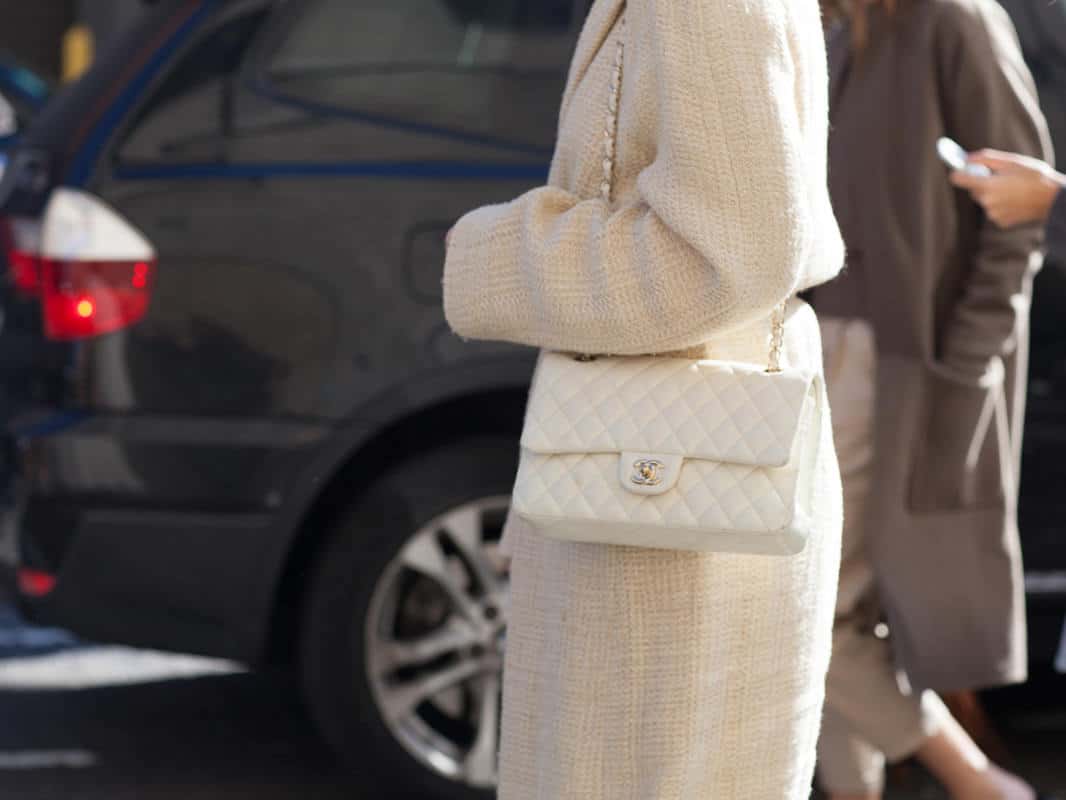

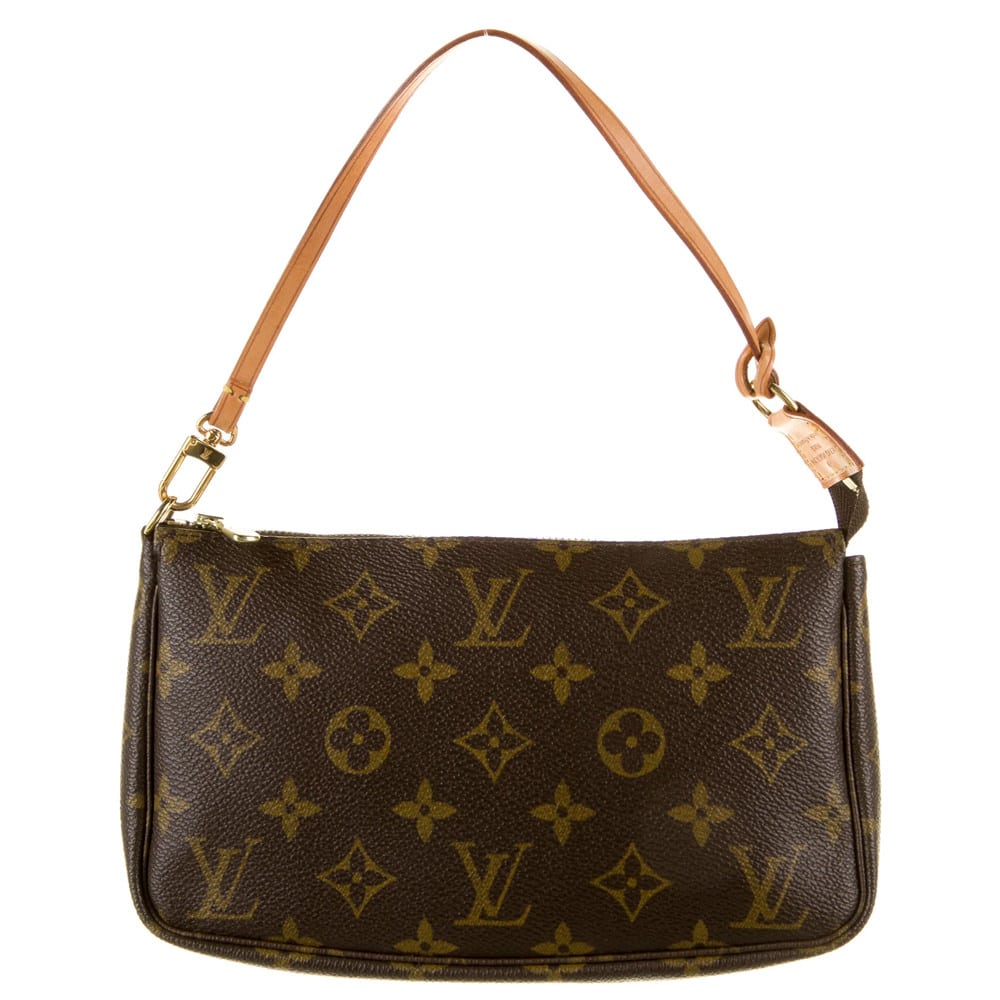
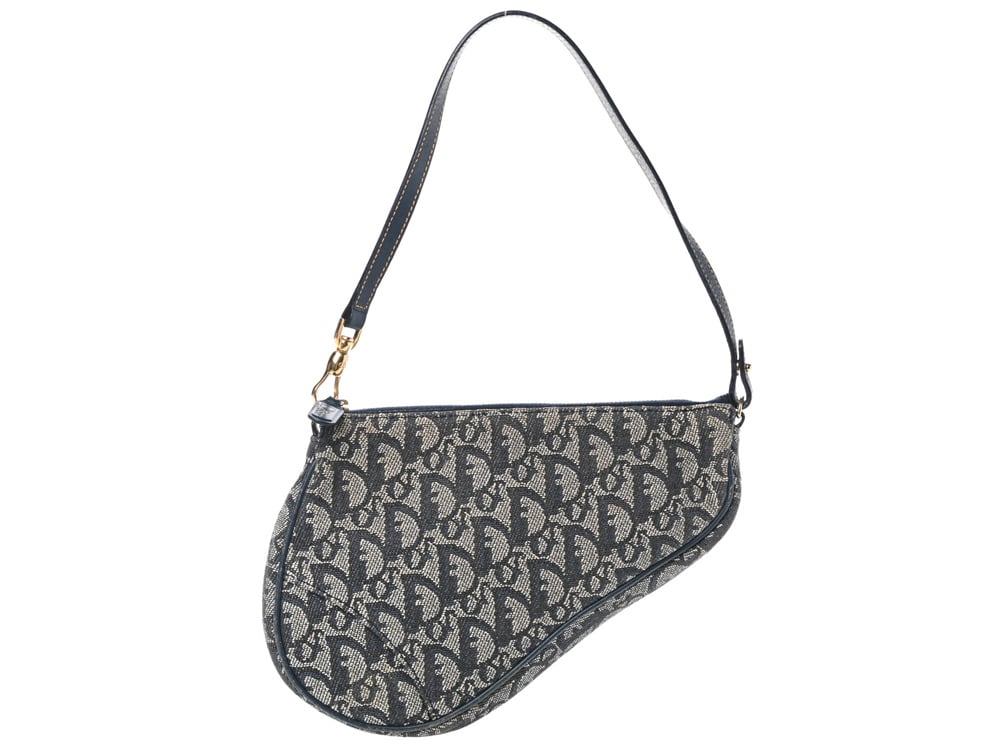
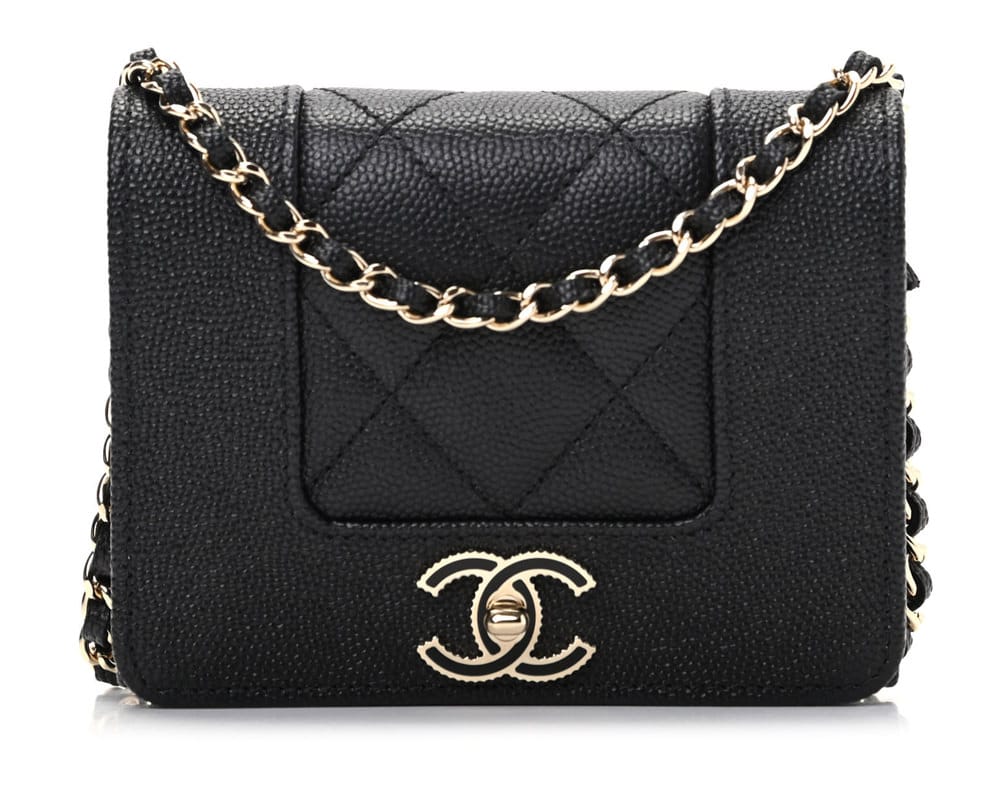
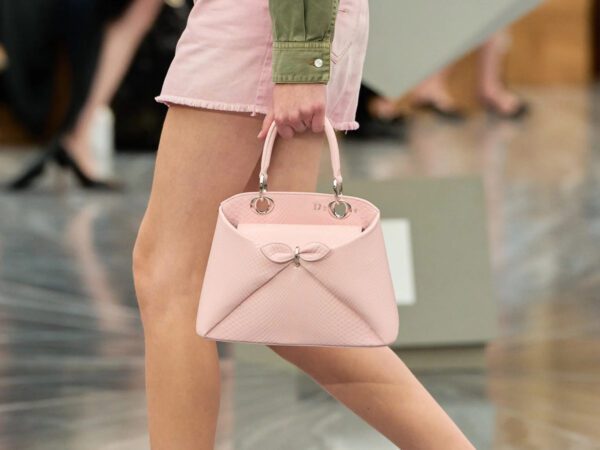
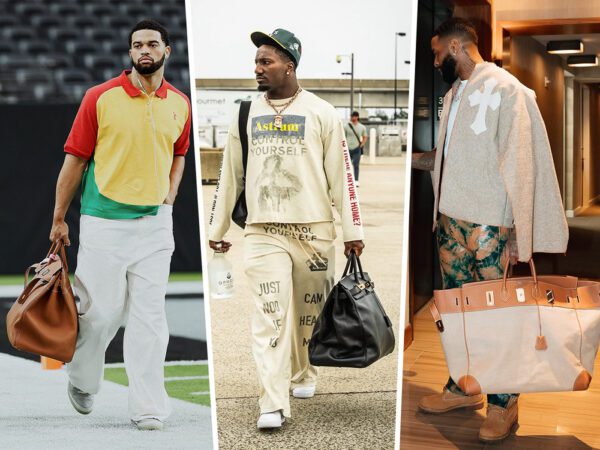
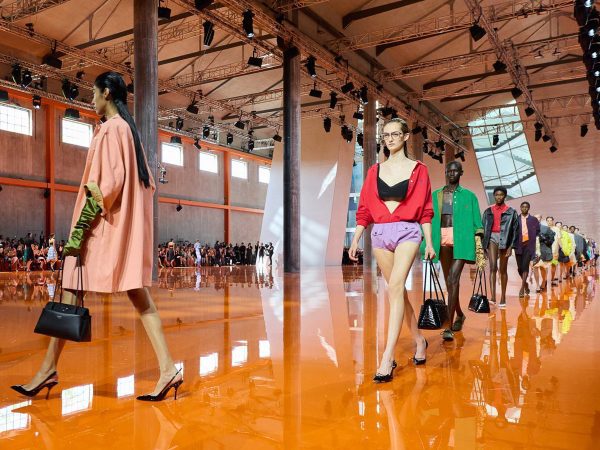
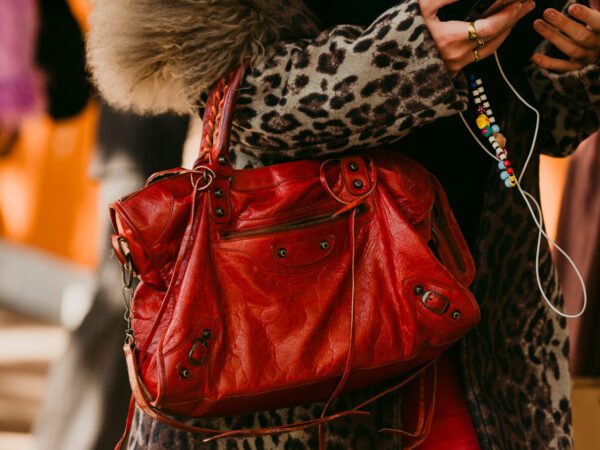
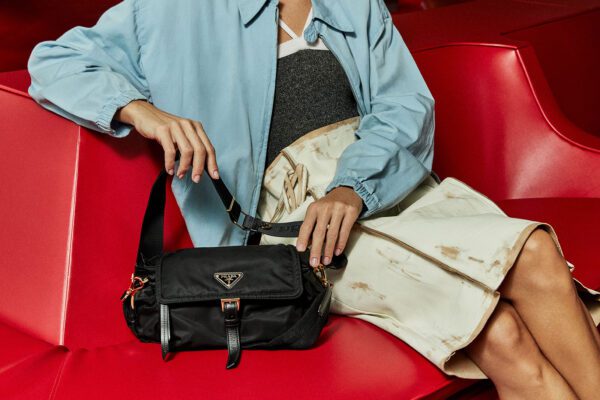
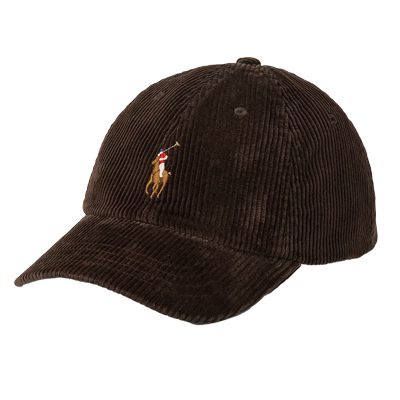
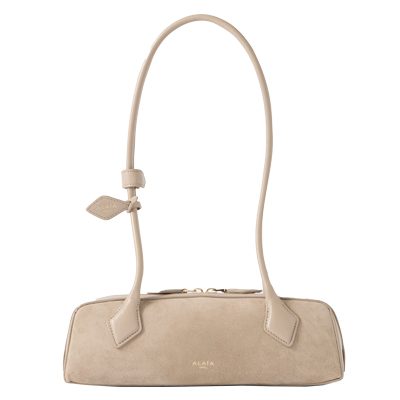
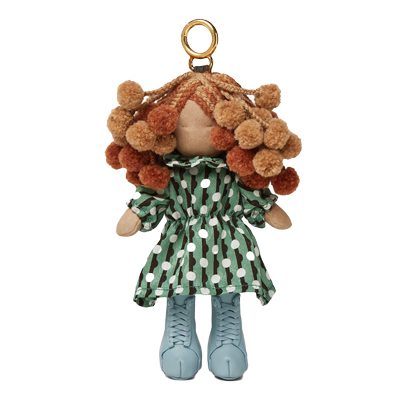
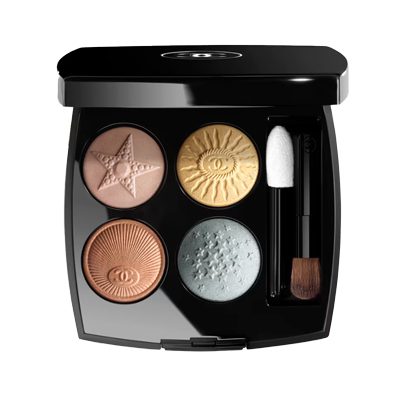
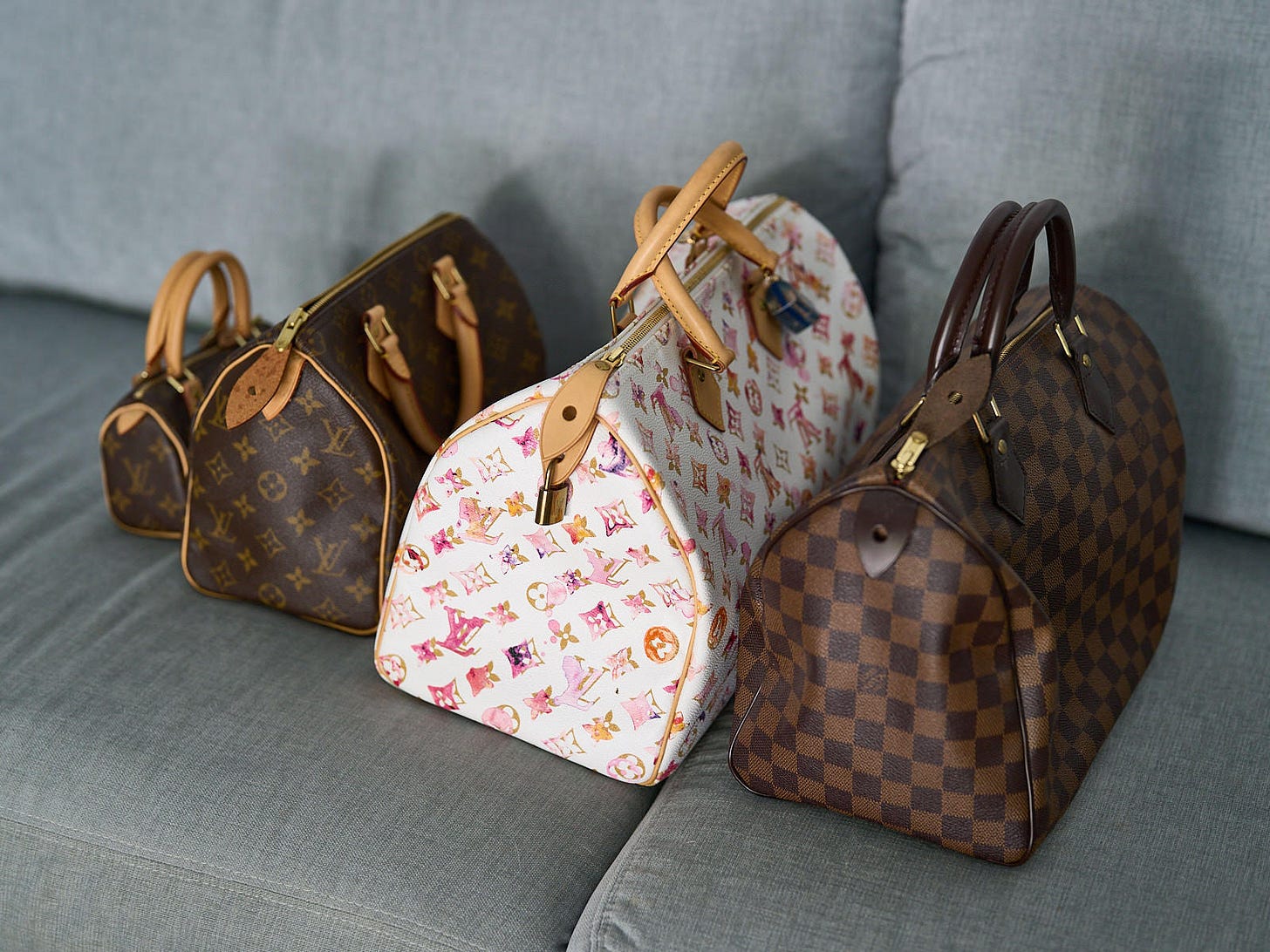

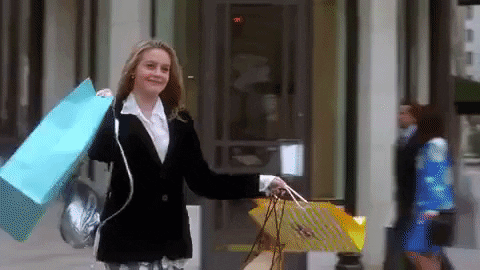
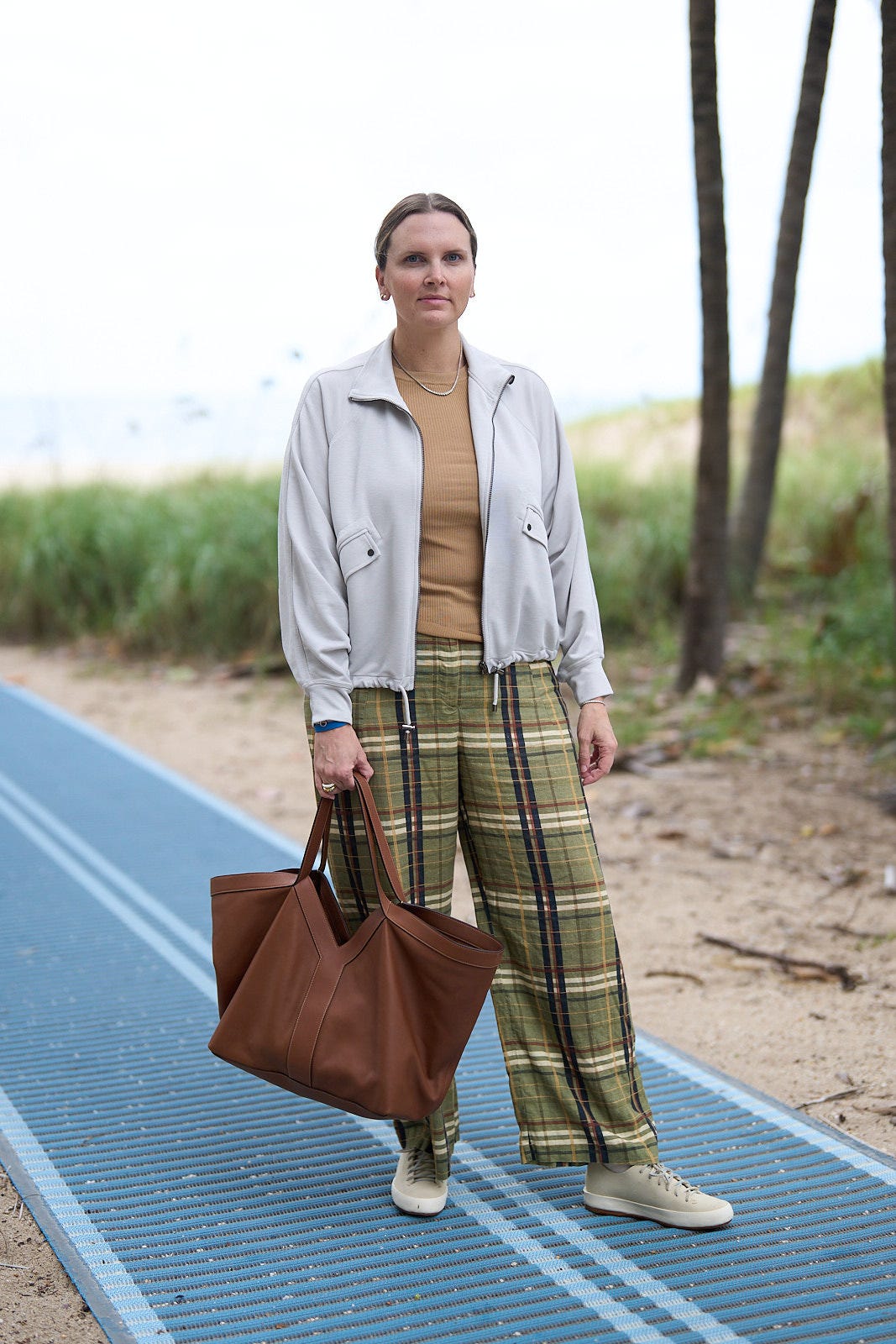
For some weird reason, I always end up liking styles after they’ve been discontinued…. so yeah, pre-owned all the way.
I am finding that the resale sites are no longer bargains. They are selling the bags at the same or more than what they retail in the store.
I agree. I had told myself I was only going to buy resale once the pandemic hit and made me reflect on how I wasn’t using any of my bags. The prices for the Saint Laurent bags I wanted were only $100 difference, so a sale at Saks on a new bag was a better deal.
I only purchase my luxury handbags via the resale market. It’s the only way that I can afford it. I also prefer the older bags. I will purchase contemporary designers new if I can’t find a good, secondhand deal.
I can’t believe the price of the Pouchette Accessoires. I bought mine brand new in store for $165. I considered that, at the time, expensive, and I bought it to treat myself after finishing my teacher certification program.
???? What vows??? Just a passionate writer.
I’m interested in the secondary market because I’ve found bags, that I’ve coveted, at prices I can afford.
Yes same here. I used to like buying in the store because im quite a perfectionist and it was the only way i can guarantee authenticity. I love vintage too i bought the LV multicolor speedy in ebay at a steal price (few people bid on it). I also had to move back to my childhood home in the country so no more stores nearby unlike when i was living in the city (my place was 300m away from the mall). But i found a local seller now of preloved bags. She offers very flexible payment terms too. All of my pieces from here seemed like the bag wasnt used for more than 5times.
For me and my lifestyle, pre-loved is the only way to go. I find myself appreciating the styles of yesteryear more so than the designs of today, so that alone makes it easier for me to shop this way.
This is how I feel about Chanel. It’s getting difficult to justify the outrageous prices with the constant (2x) price increases yearly.
This isn’t a bad mantra to live by. Indeed, they are somewhat cheaper, especially if you’re going after a model that isn’t popular. And even though more than half of my collection was bought second hand, I’ll still buy first hand for box leather bags from mid tier designers; even my first Chanel bag was bought in store.
You’ve also failed to mention that the second hand luxury market has gone mad and the pieces just aren’t as worth as they were in 2014-2019… Big box stores are buying up everything in estate sales and marking the bags prices far beyond what they are really worth as a second hand bag. Platforms like vestiaire, poshmark, and fashionphile rob bag sellers blind in the pitiful amounts they buy out at and the commissions they take.
I just wanted to chime in because I sell bags on the real real and they’re often able to charge much more than I could myself on ebay for instance because people are willing to pay more with them. So oftentimes I get about what I would make if I sold it myself even after their commission. I recently sold a chanel bag with them and my commission ended up being $800 more than what I paid for it a year ago so I made a nice profit. But I think this is mainly the case if you’re selling a brand like Chanel, lower tier brands like MCM for instance you definitely won’t earn as much!
So true! Fashionphile quoted me such a low-ball rate for a pristine Chanel no longer made. Shameful, when they turn around and sell it at a premium.
Sometimes, FP offers fabulous prices for certain bags, from high end designers, but it’s only because a particular bag is in high demand. Or, if they offer an insulting price, for pristine, never used high designer bags, I wait out the market until it’s stronger and their offer is better. However, with some designers (D&G, etc.) when I resubmit their offer is much lower than the original price. I don’t put myself in a position where I “need” to sell a bag because of their mostly low offers. Maybe I’m wrong, but it appears they hold the lions share of the market, but if there is another buyer I’d love to hear about it.
Here in Asia, the resale market has upped its game over the last few years significantly. I used to be afraid of buying preloved due to authenticity but lots of resellers now provide entrupy certificates themselves which gives me more confidence. And they’re willing to share the info you need if you wish to authenticate the bag yourself. Let’s face it. Prices for luxury goods both new and preloved are still considerably high and nobody wants to end up with a fake.
I like the resale market because I’m very careful and methodical about buying bags, and it allows me to see loads of people buy them and model them and use them (the purse forum is so great for that!). I see how quickly those bags start ending up on secondhand sites, I gather information about wear and tear, and quality, and feel absolutely no pressure to BUY NOW. I calmly wait for my desired combination to pop up, and then nab it for less.
ive never bought pre-loved online but the pandemic has made me consider buying online – i like to be able to see items in person at a consignment store and then purchase pre-loved